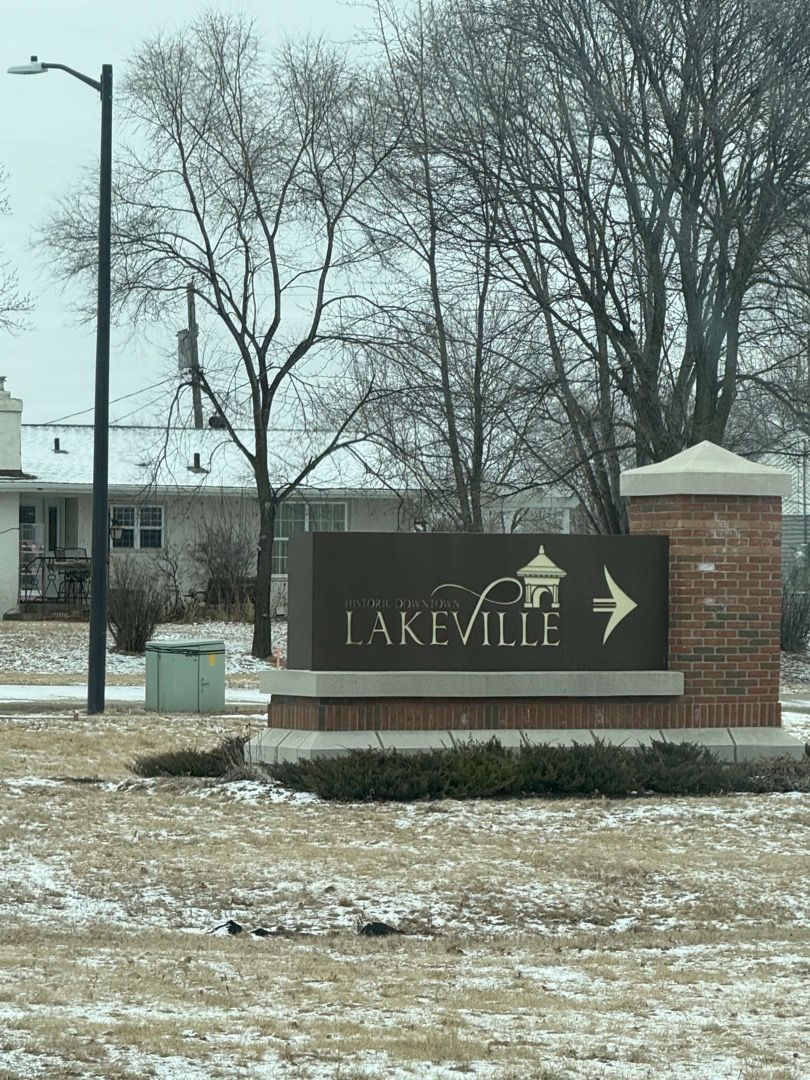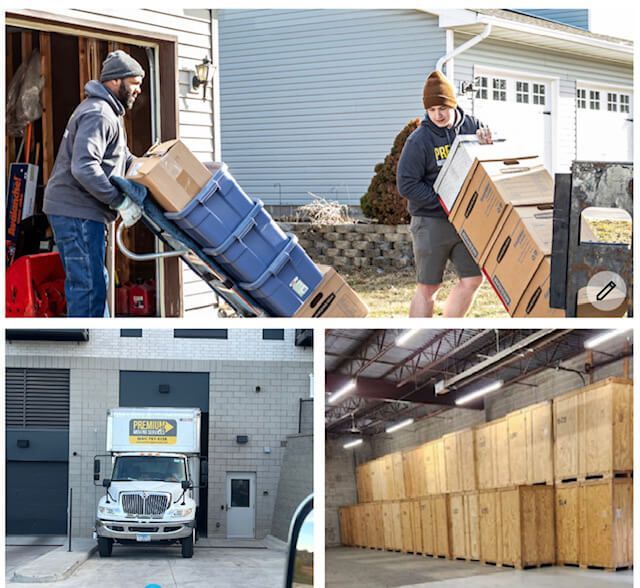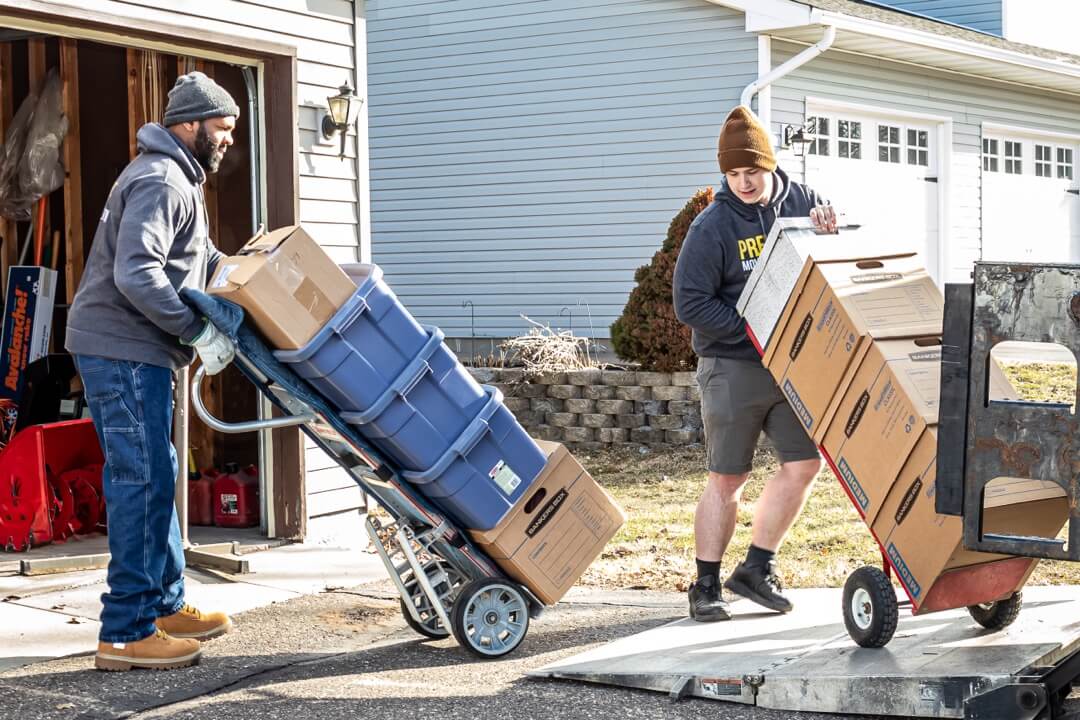Moving Insurance
If you're someone who has moved to a new house at least once in your life, you probably already know that moving can be quite a daunting and stressful prospect. There's a seemingly endless amount of jobs that you have to complete during the entire process; you have to find a moving company to work with, pack and shift all your household goods to your new home, and manage all your bills and finances. The list goes on and on.
With all these tasks already at hand, there's the additional worry of your belongings reaching your new home safely. And in the unfortunate case that they don't, you need to have a backup plan ready for total loss coverage. Today, we're sharing with you all the basics of moving insurance, including its various types, what it covers, and how you can purchase a package for yourself.
What Is Moving Insurance?
Most people believe that homeowners insurance is responsible for providing automatic coverage for your belongings during a move. This is usually not the case, as professional movers are legally required to have their moving insurance policies so that they can compensate for any mishaps that occur in the duration of your move.
So what exactly are these insurance policies? Moving insurance policy or valuation is the payment for the repairs or replacement of your belongings if they are damaged or lost while being transported by a moving company. With items such as your furniture, frames, glass, china, and electronic gadgets being the most at risk of being damaged during moving day, it is vital to protect them by investing in an insurance package from your company.
Here are three types of moving insurance packages that you need to know about:
Released Value Protection
This type of insurance provides you basic valuation coverage for your belongings. As it is usually a legal requirement for all moving companies to carry and it doesn't cost you any extra bucks. However, it isn't as useful as more advanced forms of insurance since it only reimburses 60 cents per pound for items that are lost or damaged. If you're shifting only a short distance and have only a few valuable items, this insurance will be your best option.
Full Value Protection
This upgraded form of insurance provides you more coverage for your property based on released value protection, often valued at $6 per pound. This means that if your shipment of 3000 pounds has been damaged, you will be compensated up to $18000 in total. Although this insurance doesn't cover expensive or antique items, it is still ideal for those who plan to move a long distance and those who have a lot of luggage to shift with them.
Third-Party Moving Insurance
While full value protection provides you with "full" valuation coverage, you will need to upgrade to third-party moving insurance to cover your lightweight and high-value items. This policy covers damage from several instances, including natural disasters, temporary storage, dirt, and rot, as well as technical errors. Unlike the other two types of insurance, third-party insurance is provided by insurers instead of the moving companies themselves.
If you have several lightweight valuables, investing in this package will be in your best interest.
Getting Insurance Without A Moving Company
In case you decide to move without hiring a moving company, there are a couple of types of insurance that you can use if your homeowners or renters insurance policy does not provide sufficient or basic coverage.
Rental Truck Moving Insurance
If you opt for hiring a rental truck company to move your belongings, you can purchase an insurance package that covers the valuation estimate of both your passengers and your property. These packages might cover cargo protection, medical and life insurance for the passengers, and accidental damage to the truck.
Relocation Insurance
If you're using your vehicle for the relocation, you might want to hire an insurance company that will cover the damages and losses to your belongings. Also known as trip transit insurance, this type is virtually the same as third-party insurance in terms of the areas that it provides coverage.
What Does Moving Insurance Not Cover?
There are various rules and regulations in place that restrain moving companies from covering your property. For example, moving insurance does not cover any dangerous items you may have packed without informing the company beforehand, neither does it cover items that you might have poorly packed by yourself. It also doesn't reimburse for essential and high-value items which the movers were not aware of. Some insurance policies also refuse to cover damage from natural disasters or theft of property.
How Much Does Moving Insurance Cost?
The cost of moving insurance is directly influenced by the form of insurance that you have purchased. While released value protection is provided for free, full coverage costs around 1% to 2% of the value of your belongings. On the other hand, third-party insurance may cost approximately 1% to 5% of your valued belongings. The broader the coverage of your property, the higher is the cost of the insurance package.
How Can You Get Moving Insurance?
If you're moving with the help of a moving company, you'll already have basic coverage for all your items. However, if you want to upgrade to get full-value protection, you will need to contact your company and ask them for details about their insurance packages. You'd want to ask them about how they determine the value of damaged items, their coverage policy on packing, their claims procedure, and more. If you're not satisfied with the terms of your company's packages, you can always hire a third-party insurance company to ensure your belongings instead.
Conclusion
Whether or not you need moving insurance is mostly dependent on the distance you are moving and the market value of your luggage. If you're merely moving down the block, you might not need to get insurance as compared to if you were, say, moving across the state or to a different country. Regardless, moving insurance is a worthwhile investment as spending only a slight fraction of your property's value can save you from a much greater disaster.










